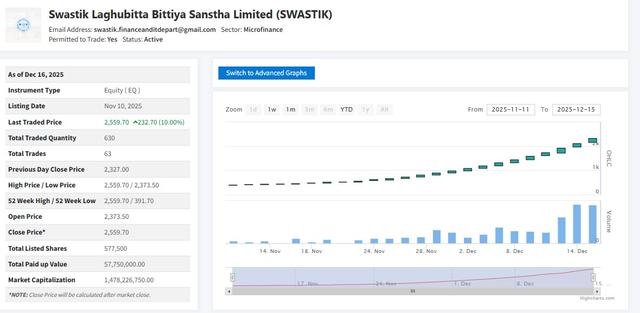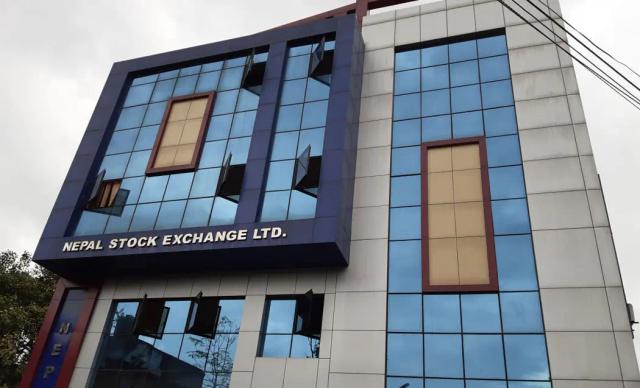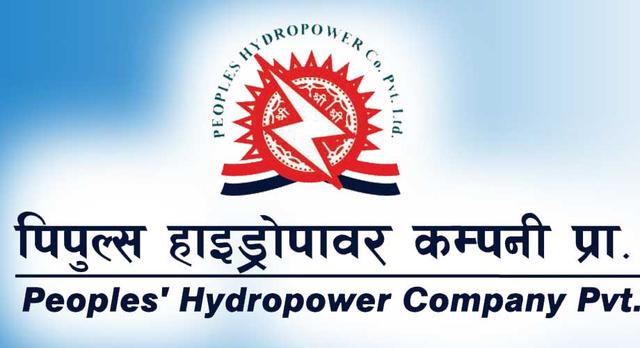Investor Gathering in Kamal Pokhari Reflects Growing Market Frustration
Author
NEPSE TRADING

Kathmandu – Continuous decline in the stock market, coupled with the Gen-Z movement and the newly formed interim government’s inability to gain investor confidence, has pushed investor frustration from the streets to organized gatherings. On Saturday, groups of investors met in Kamal Pokhari, Kathmandu, to discuss possible solutions for reviving the market.
Sleepless Nights for Investors
Many investors expressed that the prolonged downturn is directly tied to certain regulatory policies. With the market once crossing 3,000 points and now continuously sliding downward, investors admitted they have lost peace of mind.
Following the Gen-Z protests, the stock market remained closed for ten days. When trading resumed on Thursday, it immediately triggered negative circuit breakers and halted transactions on the very first day. This further weakened investor morale.
Accusations Against Regulators
At the Kamal Pokhari gathering, most participants blamed the Securities Board and other regulators for policies that have accelerated the decline. A major point of contention was the Volume-Weighted Average Price (VWAP) system: some demanded its removal while others insisted it must remain. The disagreement even escalated into near physical confrontation among investors.
Lack of Organization and Rising Uncertainty
The absence of a unified investor platform has deepened the communication gap between regulators and investors. Instead of acting collectively, groups have become fragmented: some were busy lobbying regulators and government officials, while others took to direct protest in Kamal Pokhari.
Call for a Federation of Investors
Amid the division and dissatisfaction, many have begun calling for the formation of an umbrella federation to represent investors with one collective voice. Supporters believe such a federation could strengthen negotiations with regulators and present a unified front.
Currently, the Nepali capital market is facing heightened uncertainty, shaped by falling indices, questions over regulatory policies, and visible divisions within the investor community itself.



